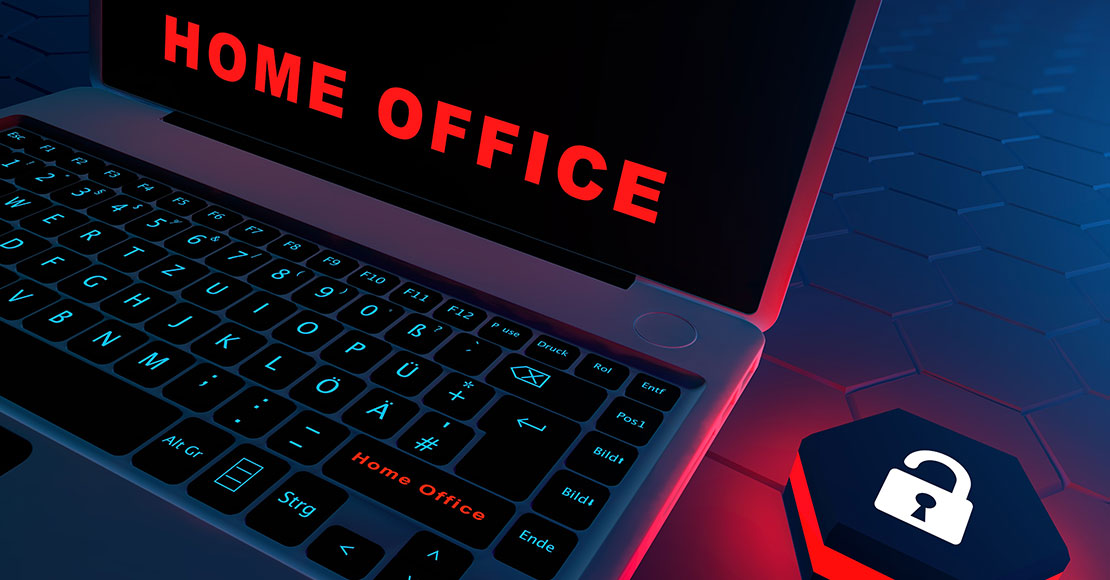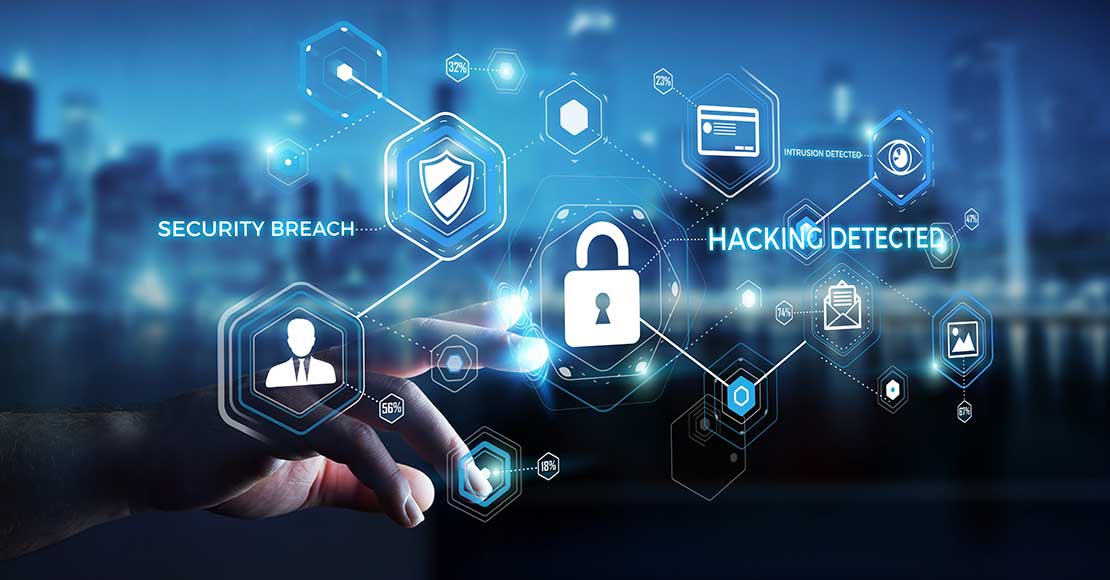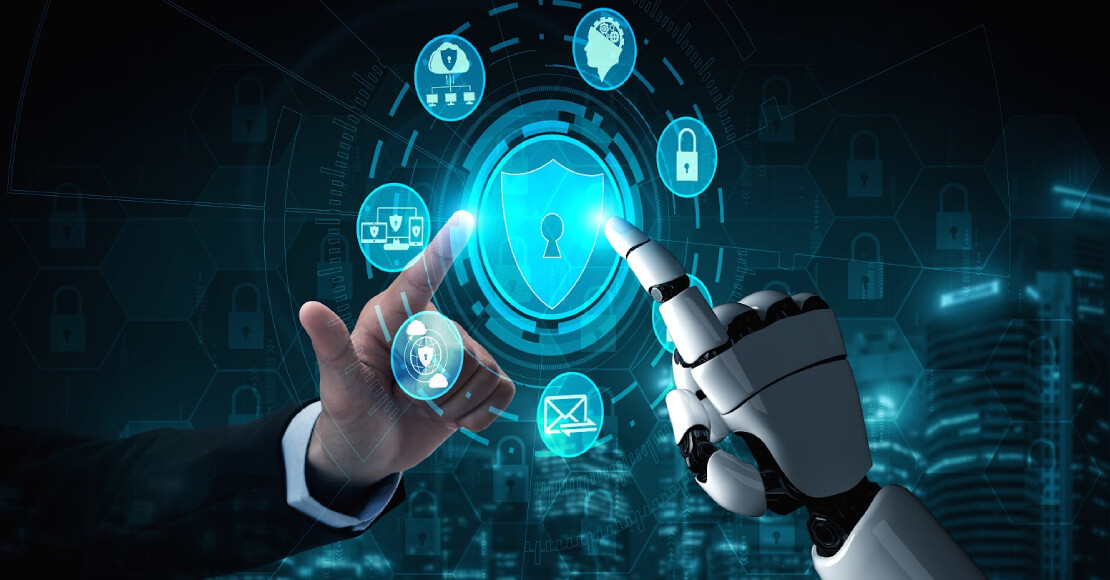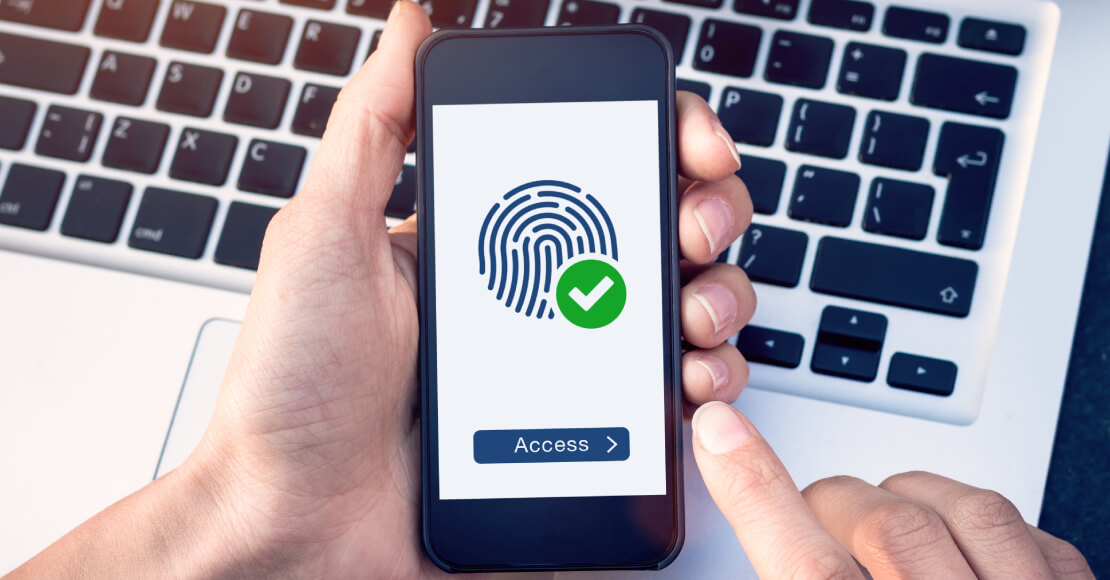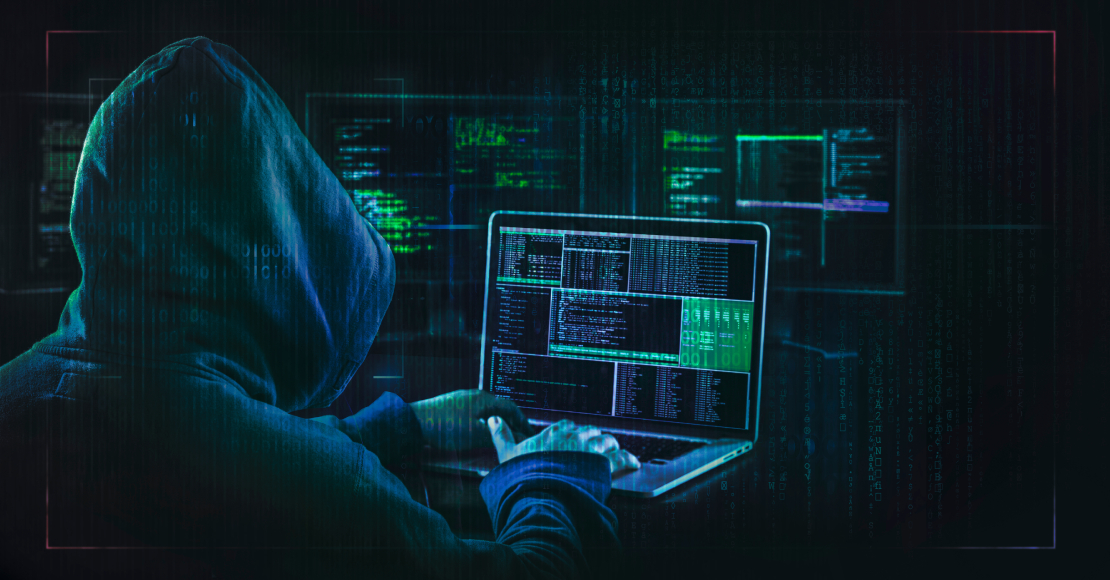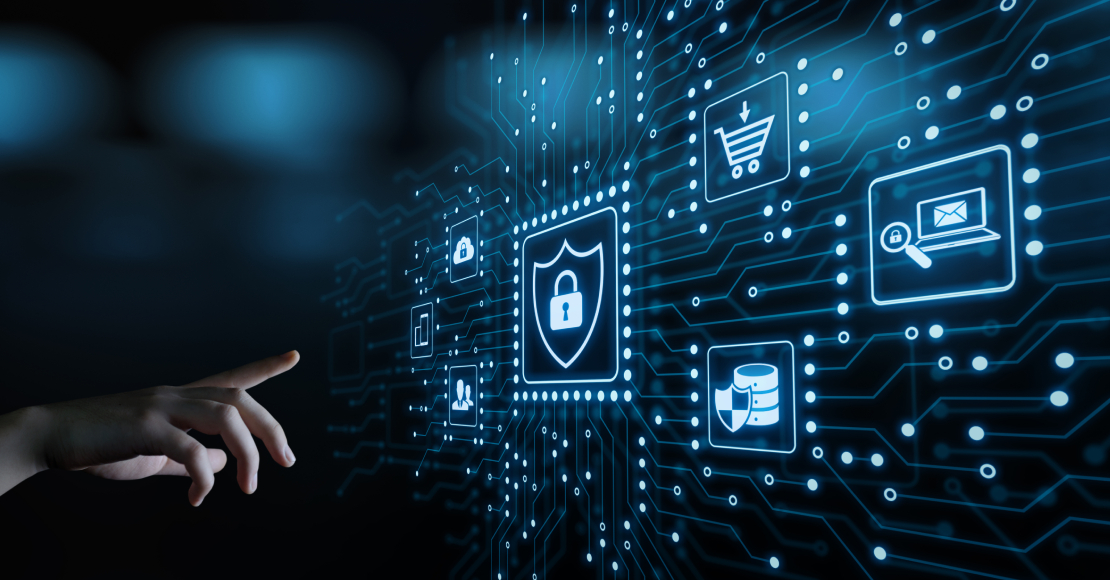Cyber Security Health Checks: The First Step Towards a Secure Business
With cyber criminals constantly coming up with new ways to access our networks and steal our most sensitive data, we’re facing a growing number of cyber threats. Although technology has transformed the way in which we live and work over the past few years, it’s also exposed us to an increasing number of cyber threats. Cyber security is, unsurprisingly, of paramount concern for businesses both big and small. Strengthening your cyber defences and ensuring the safety of your digital assets is no longer just an option – it’s a necessity. This is why a regular cyber security health check is crucial, as it’s the first step in guaranteeing a secure business environment.
Why Cyber Security Health Checks Matter
A cyber security health check – also known as a cyber security assessment – is a comprehensive examination of your organisation’s digital security infrastructure. The primary goal of this health check is to identify any vulnerabilities and weaknesses in your network, applications, and systems that could be exploited by malicious actors. These assessments are not only vital for understanding and mitigating existing threats, but also for preventing potential breaches.
The primary reason for any business to conduct regular cyber security health checks is to mitigate risks. Cyber threats are constantly evolving – around 450,000 new varieties of malware are detected every day, and that’s just malware – and this means that new vulnerabilities emerge regularly. By conducting regular assessments, organisations can address these vulnerabilities proactively and reduce the risk of a successful cyber attack.
Many industries and regulatory bodies require organisations to maintain a certain level of cyber security. Failing to meet these requirements could result in fines as well as damage to a company’s reputation – affecting not just how their clients view them, but how willing these clients are to keep doing business with them. Regular assessments help ensure compliance with these regulations, and also help businesses to recover from the effects of an attack. By carrying out health checks, organisations can develop incident response plans. When it comes to cyber security, it’s easy for organisations to become complacent. Regular assessments serve as a reminder of the ever-present cyber threat landscape, and the importance of staying vigilant.
Infosec K2K’s Approach
When it comes to cyber security, not all health checks are created equal. It’s important to partner with a reputable cyber security consultancy with a proven track record, and Infosec K2K is one such company. We offer our customers a comprehensive approach to cyber security assessments that goes beyond merely identifying vulnerabilities, and we offer guidance to help businesses build robust security postures.
At Infosec K2K, we offer robust IAM health checks to assess the health and strength of your business’ IAM system. The first step in any health check is to define the scope of the assessment, which involves understanding the organisation’s infrastructure, assets, and potential threats. This is essential for tailoring the assessment to the specific needs of any business. We use advanced tools and techniques – developed by our partners like AT&T Cybersecurity and Qualys – to thoroughly check for vulnerabilities within an organisation’s digital ecosystem.
Once vulnerabilities are identified, we can assess their potential impact on the organisation. This risk assessment helps prioritise vulnerabilities and our expert team will give you actionable recommendations to enhance your security and efficiency. For organisations operating within regulated industries, compliance is crucial, and we’ll ensure your cyber defences align with any relevant regulations and standards with our audit and compliance services. At Infosec K2K, we also understand the importance of not only identifying vulnerabilities but also helping businesses prepare for the worst. We assist businesses in developing and fine-tuning incident response plans, which are critical for minimising the impact of a cyber attack or a data breach.
Uncovering Vulnerabilities
One of the key advantages of a cyber security health check is that it gives you a better chance of uncovering vulnerabilities before they can turn into threats. This proactive approach can save an organisation from the devastating consequences of a successful cyber attack. If vulnerabilities in your cyber defences are left unaddressed, they can become entry points for criminals. Infosec K2K’s assessments are designed to find these cracks and deal with them before attackers can exploit them.
Moreover, vulnerabilities are not always technical in nature. They can also arise from human error, poor security policies, or inadequate training. Cyber security health checks take all of these factors into account, and the team at Infosec K2K can provide actionable recommendations and guidance on how to address these vulnerabilities comprehensively. Our penetration testing and breach simulations also help prepare your employees for a potential attack and ensure they can stay one step ahead of cyber criminals.
The Importance of Cyber Security Health Checks
In today’s increasingly digital age, businesses can’t afford to be complacent about their cyber security. Regular cyber security health checks are the first step towards building a secure business environment. Not only do they help organisations mitigate risks and maintain compliance, but they help you to stay aware of the evolving threat landscape. When it comes to cyber security, prevention is always better than cure – by uncovering vulnerabilities before they become threats, you can take the first step towards a more cyber resilient business environment. With regular cyber security health checks and the right partner, you can protect your business from the ever-present dangers of cyber threats.
Whatever solution you’re looking for, we can help. The experts at Infosec K2K can offer you specialist guidance, and help you find the product that’s the best fit for you.
Get in touch with us to find out more about how we can help you.

